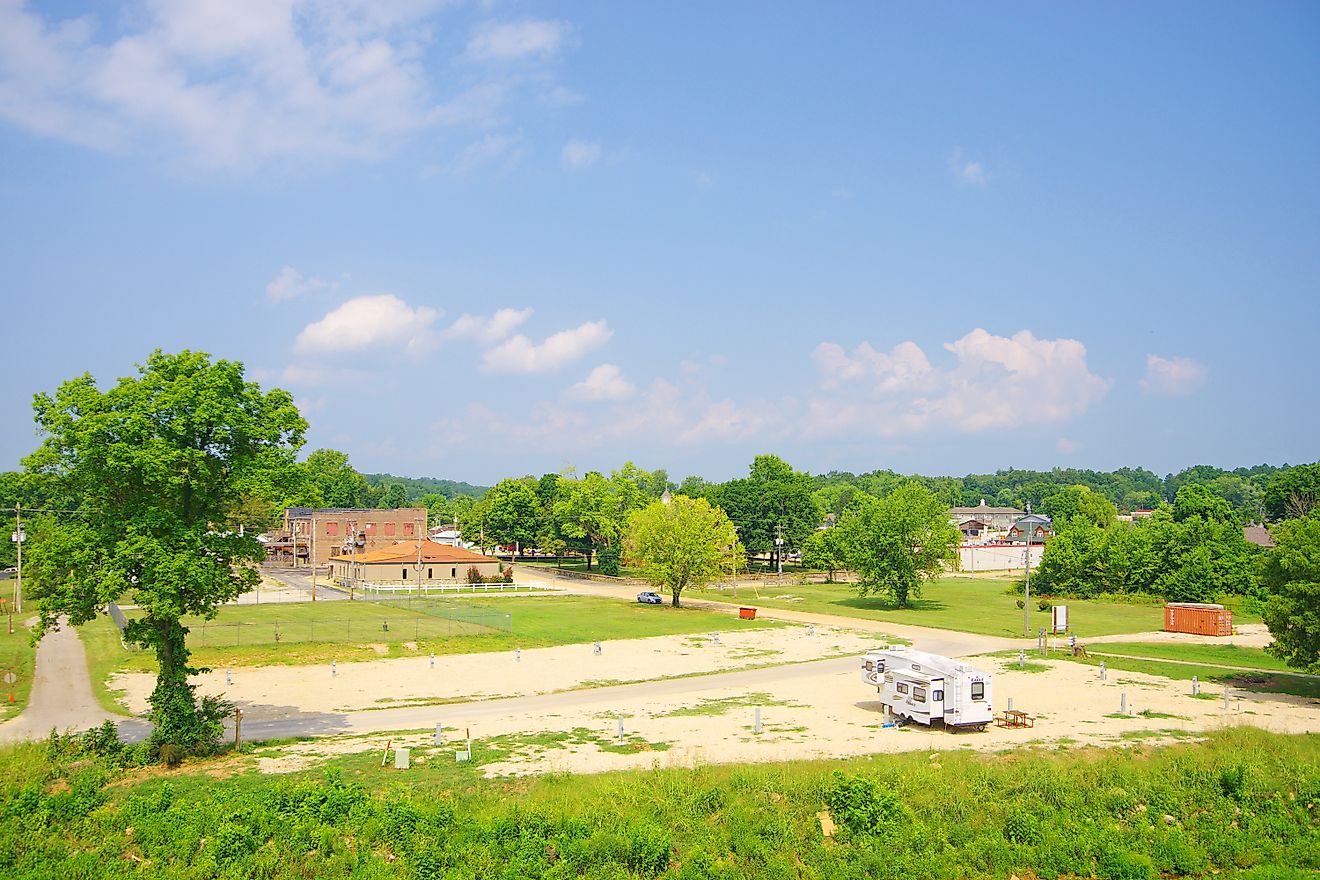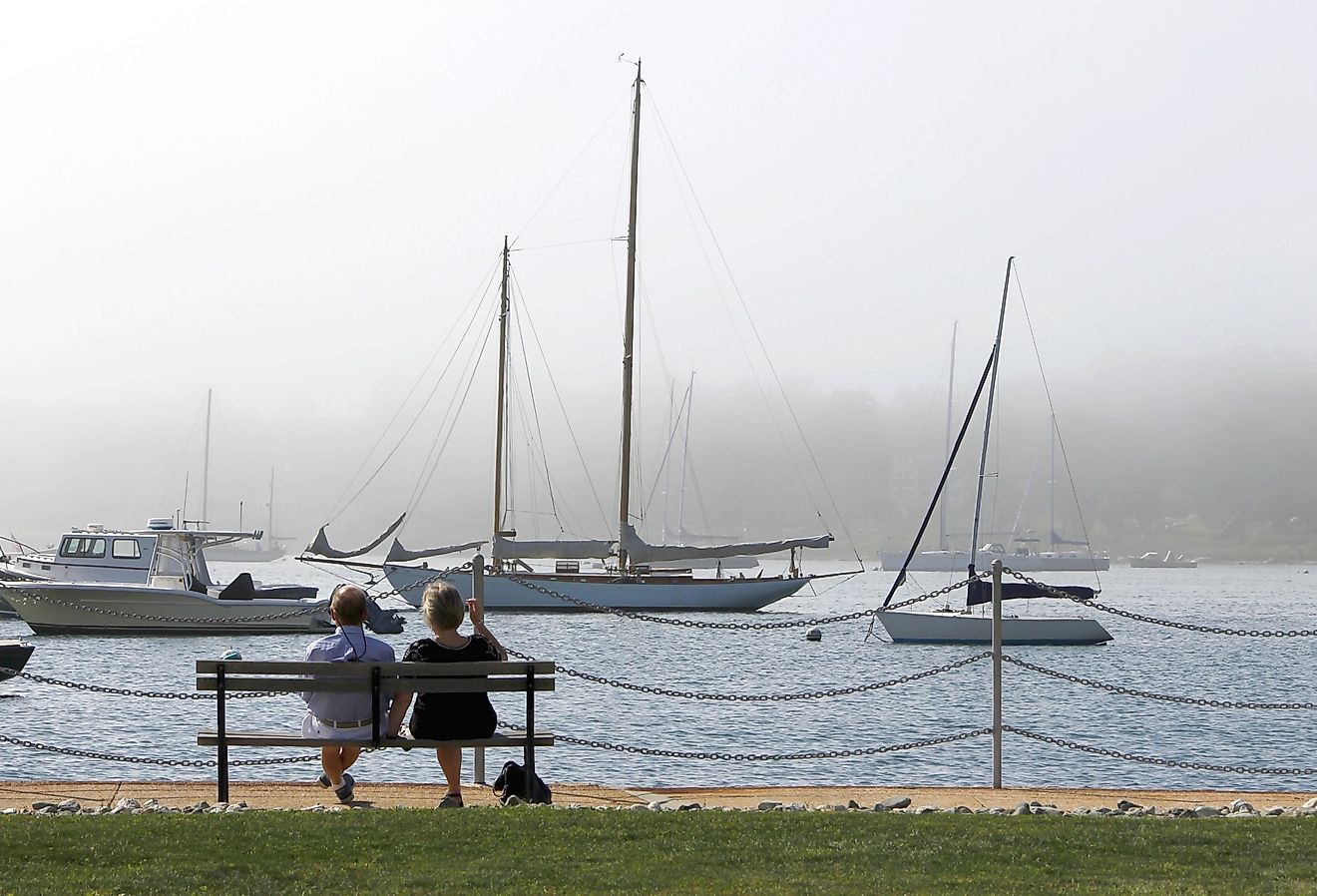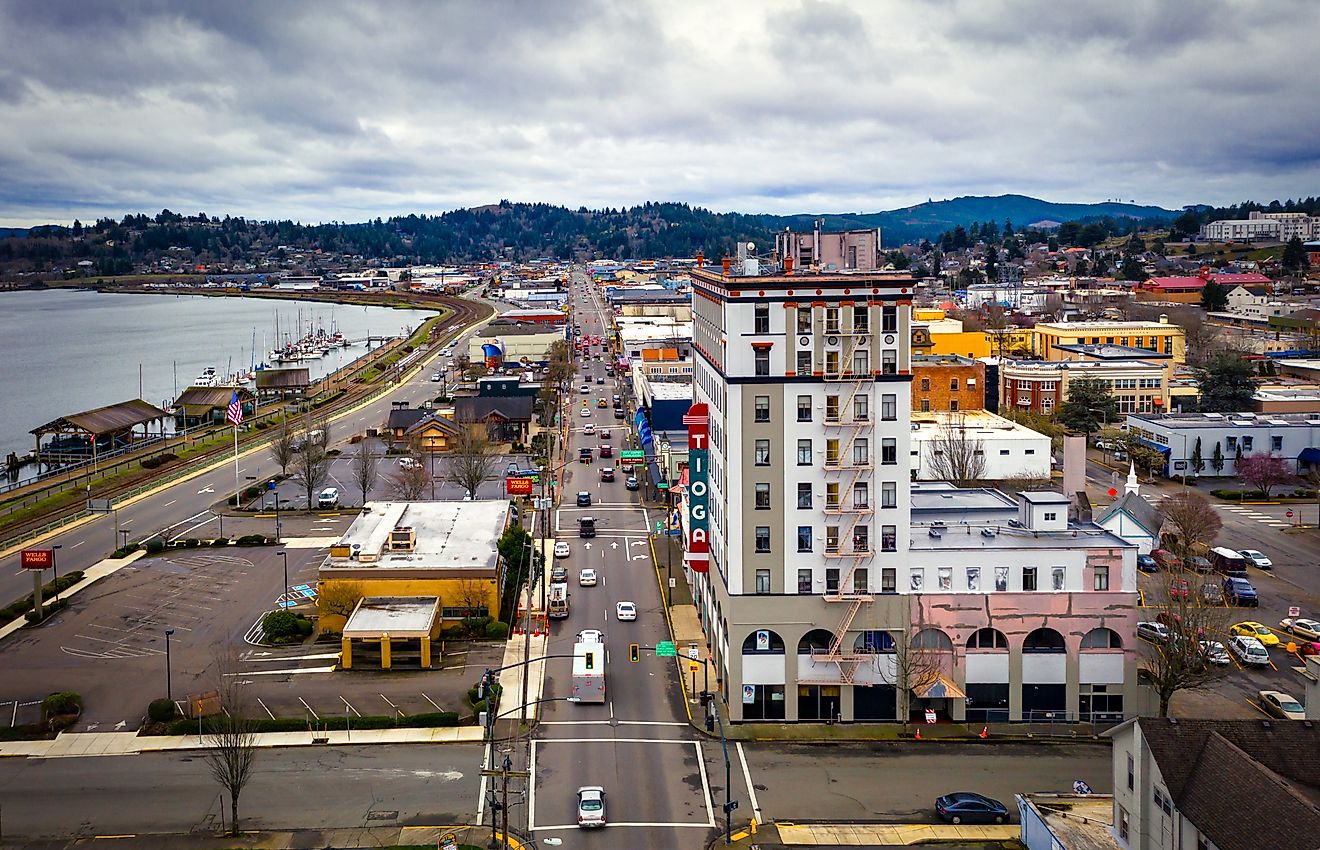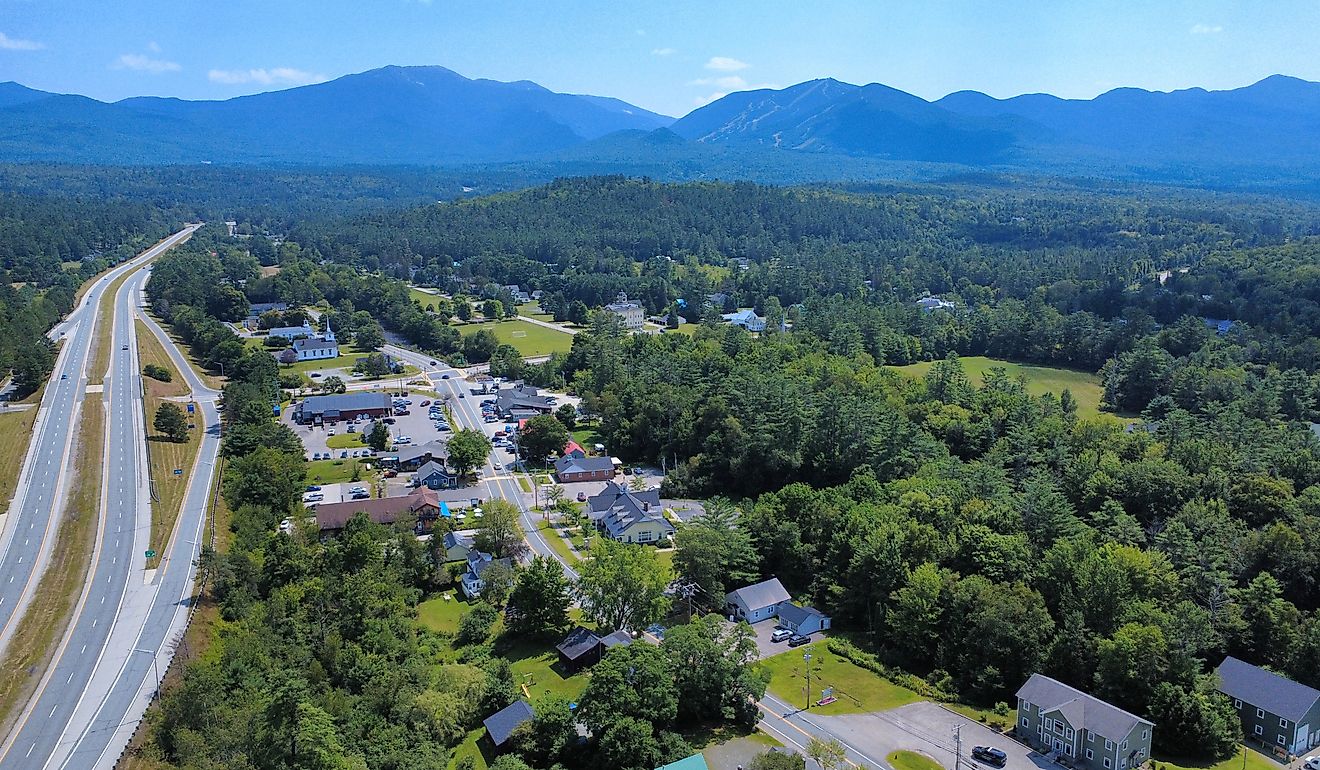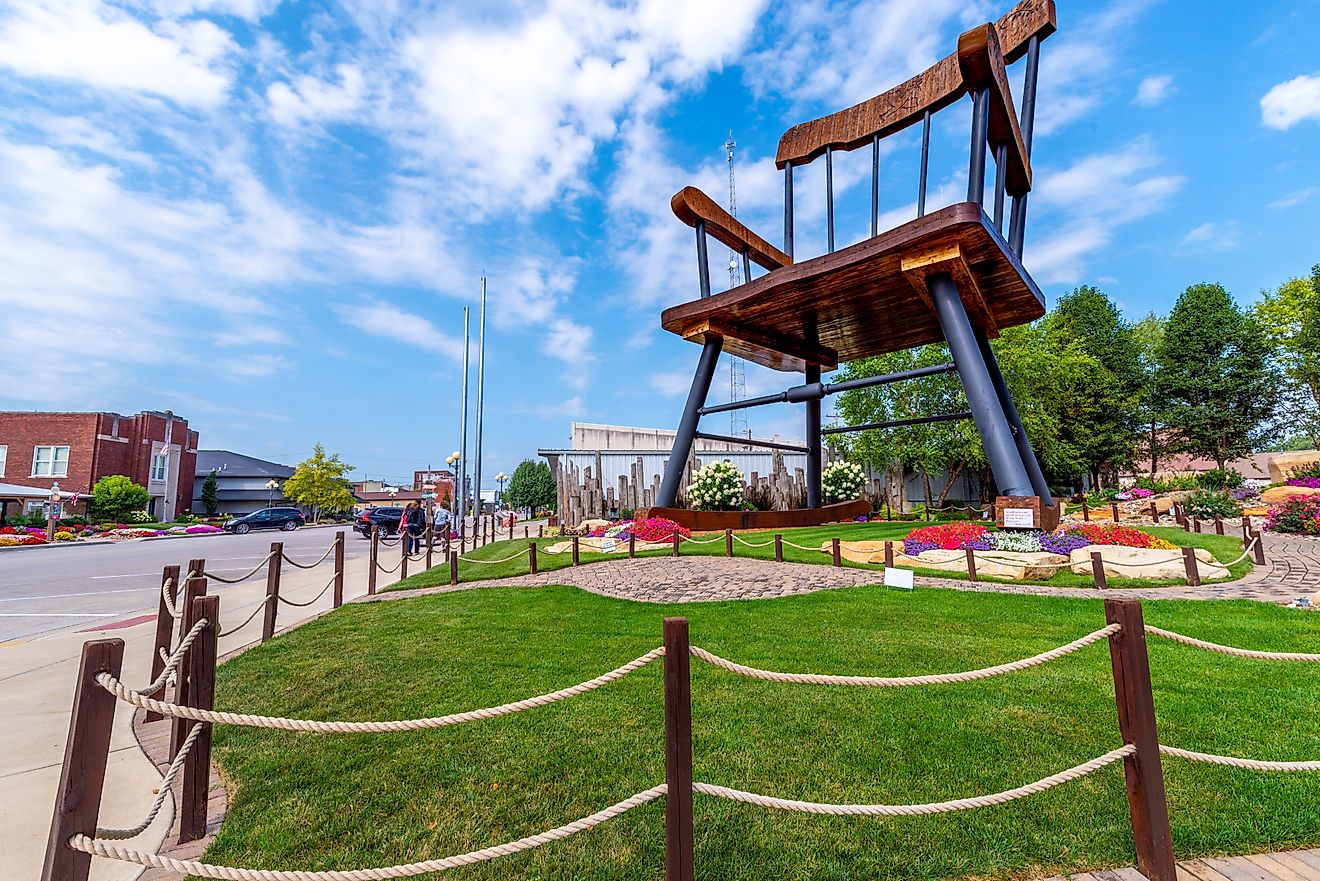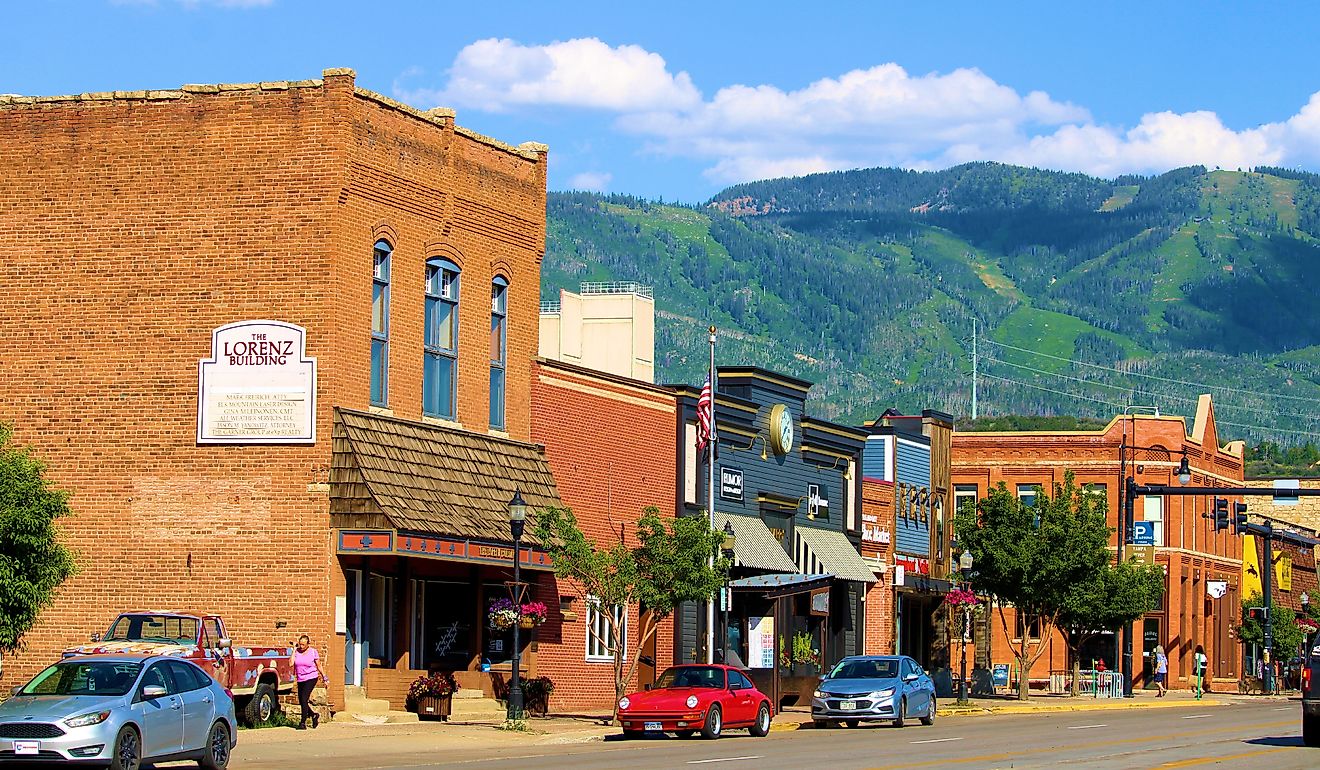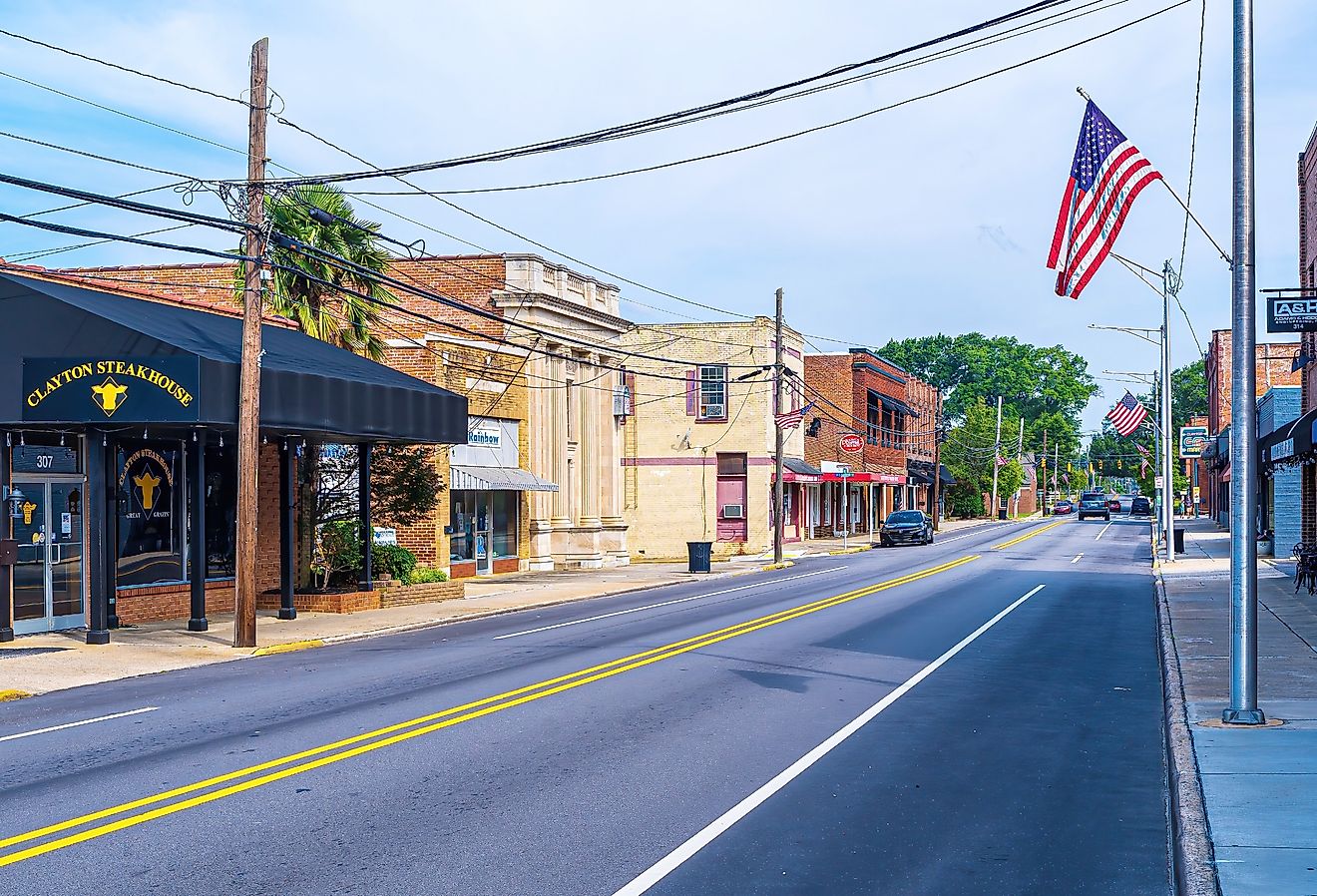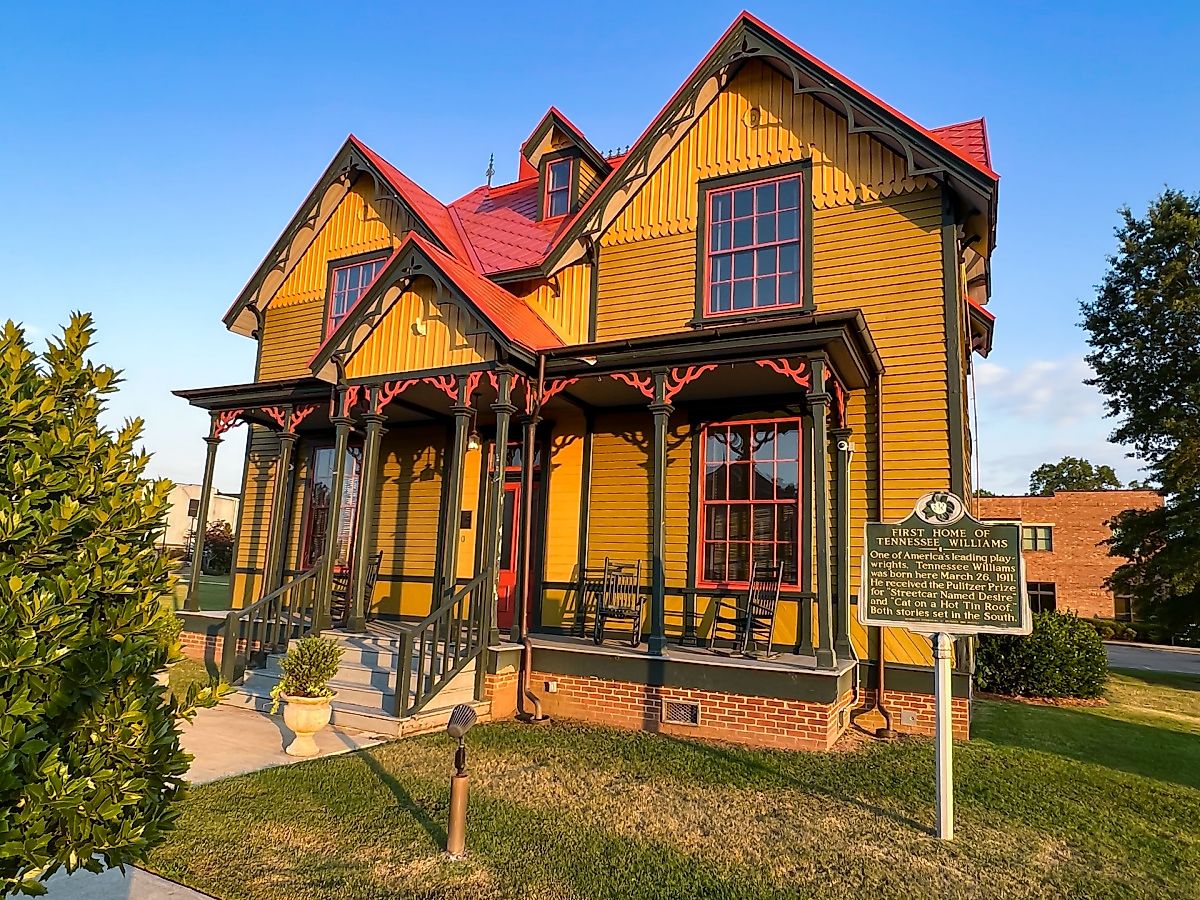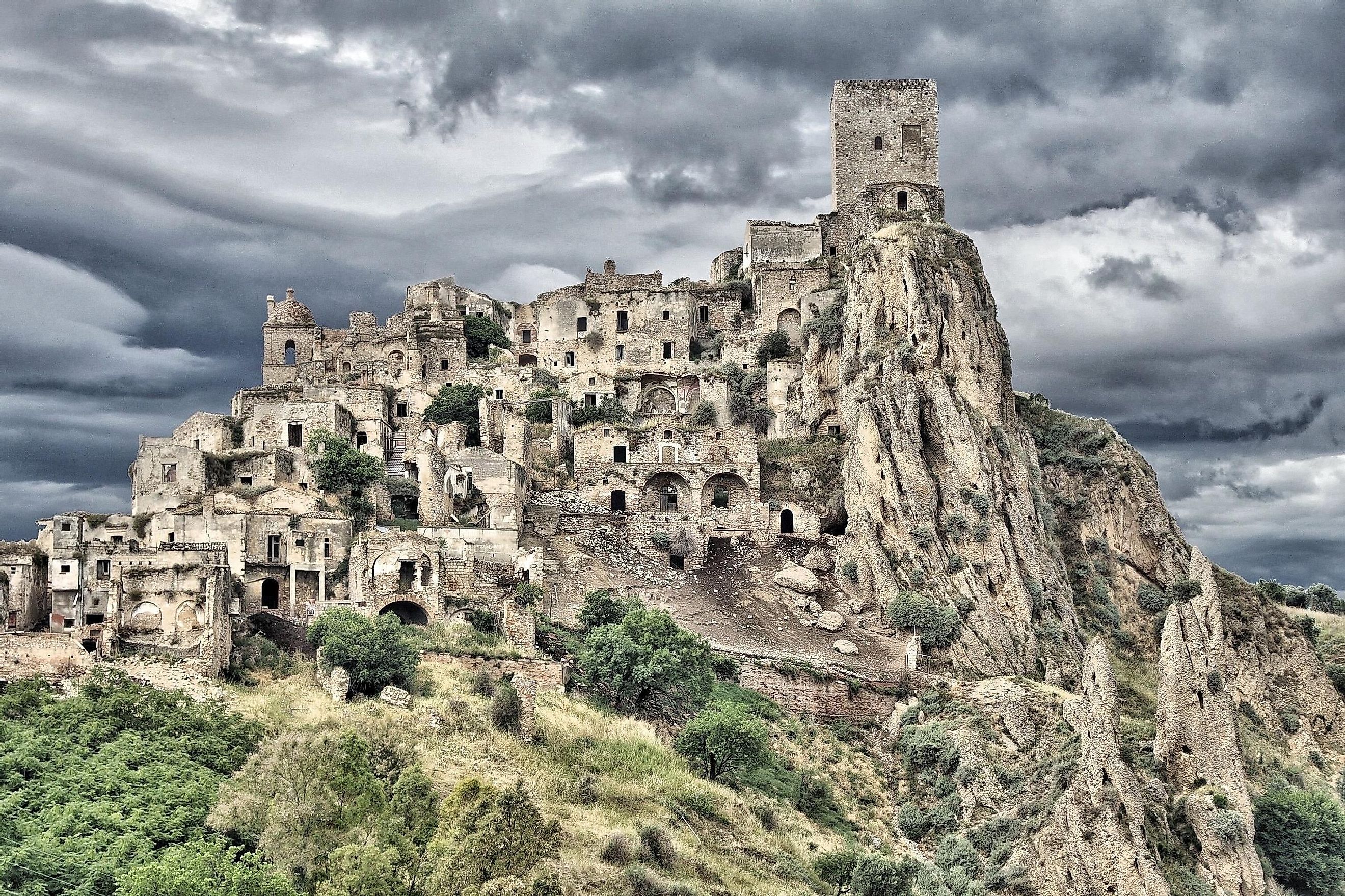
5 Amazing Abandoned Towns Around The World
The idea of abandoned towns often conjures images of ghostly hauntings or post-apocalyptic visions of the future. However, for the real abandoned towns all across the world, there are very real reasons for their abandonment that are often far more terrestrial. War, unemployment, and political changes can cause a once thriving town to vanish in a period of a few decades or even years. While these towns can be found all across the world, below are five of the most interesting abandoned towns from the around the world, picked for their unique architecture, climate, or the circumstances under which they were abandoned.
Belchite, Spain
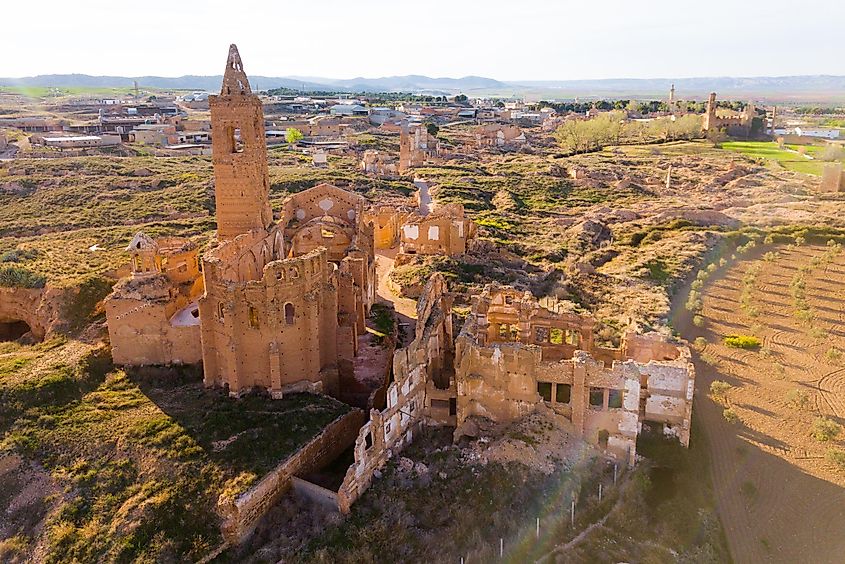
The first entry on the list can be found in the province of Zaragoza, Spain. Around 25 miles to the southeast of the city of Zaragoza are the remains of Belchite. The town first appears on the historical radar when Alfonso I, King of Aragon and Navarre, conquered the town in 1117 from the Moors. In 1122, he founded the Confraternity of Belchite, a community of knights tasked with defending the border. Belchite would remain a quiet town until the Peninsular War in 1809, when Spanish and French troops met near the two at the Battle of María.
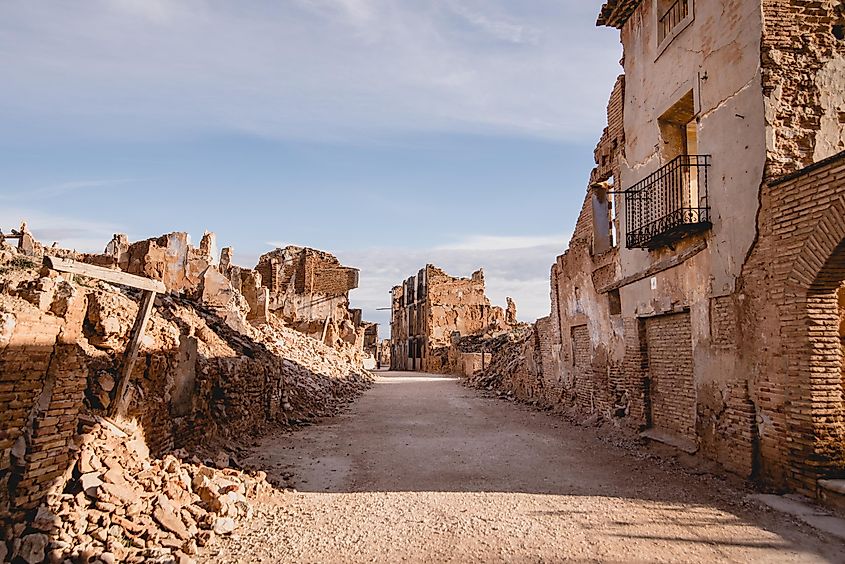
While Belchite had survived two major wars and the ravages of time, it would be a third conflict that would lead to its abandonment. In 1937, as the Spanish Civil War raged on, Republican and Nationalist forces at the Battle of Belchite, with 80,000 Republicans facing 10,000 Nationalists. The battle went in favor of the Republicans, with the entire of Belchite destroyed and it's people either dead or scattered. When the Nationalists won the civil war in 1939, Spanish dictator Francisco Franco ordered the town never to be rebuilt as a memorial to the war. Now, all that is left are the ruined houses, empty streets, and the remains of the town's church, the Church of San Martín de Tours. The area is frequented by visitors and has been used as a film set multiple times, including for the film Pan's Labyrinth.
Craco, Italy
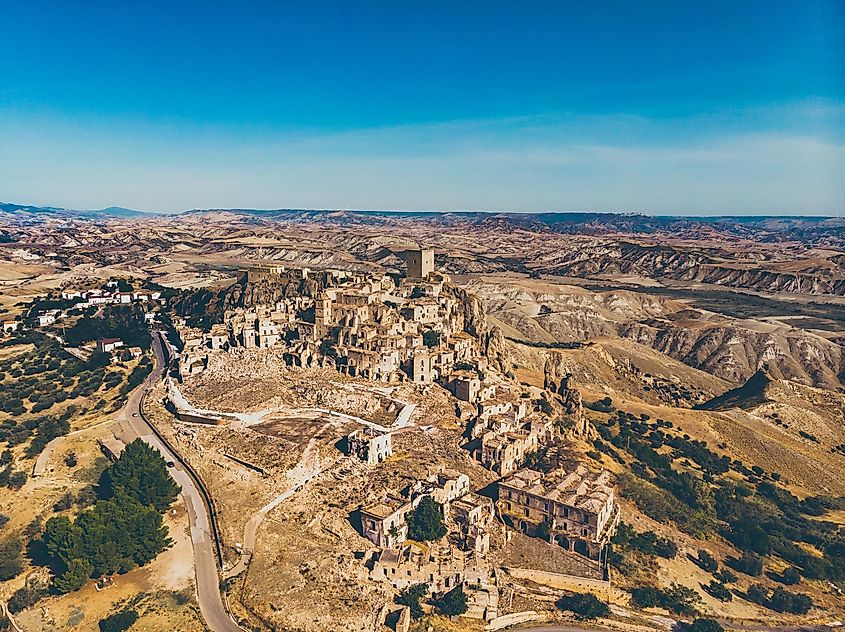
In the southern Italian region of Basilicata lies the second entry on the list. 25 miles inland from the Gulf of Taranto, the town was built into a steep hill side to boost the town defense in case of siege. From atop this position, the town overlooks the Cavallone River Valley. The area around Craco had been inhabited since the 8th century B.C.E. and had been settled by the ancient Greeks by the 6th century B.C.E. As Europe passed from antiquity to the medieval era, Craco became increasingly tied to the Catholic Church. The town eventually became an important military and scholarly center. The town was also subject to a raid and massacre during the Napoleonic Wars, when royalist forces assaulted the Napoleonic controlled town.
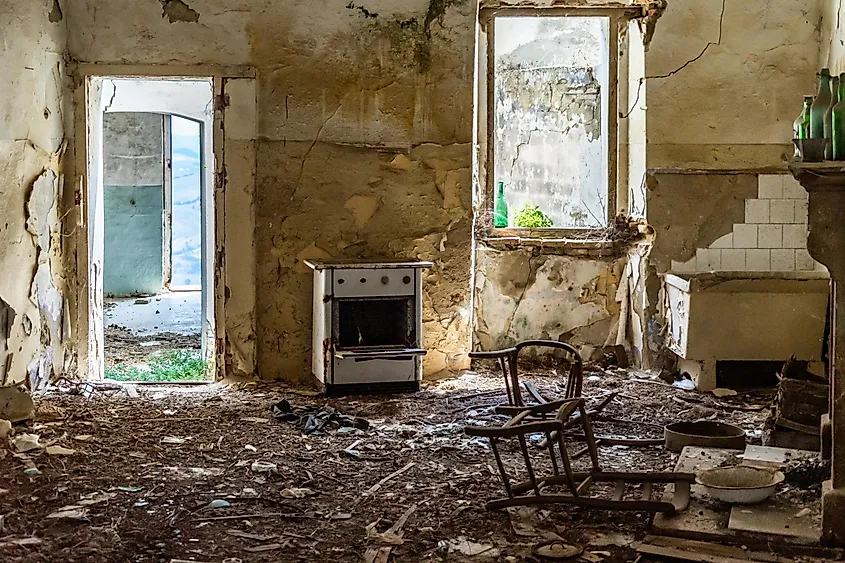
The town suffered another bandit incident when it was attacked and captured by bandits in 1861 during the upheaval of the Italian Unification Wars. The town suffered through the hardships of the Great War, the rise of fascism, and the Second World War, but remained steadfast. It would not be conflict or strife that would push the people of Craco out, but nature itself. Caused by a series of infrastructure projects, including the laying of water pipes, several landslides force the people of the town to evacuate in 1963. Conditions worsened in 1972, when the town suffered a major flood. Any hope of repopulation was dashed in 1980 when the 6.9 magnitude Irpina Earthquake caused major damage to the town and triggered more landslides. Since then, the town has sat abandoned, only visited by tourists and the occasional film crew.
Ruby, Arizona
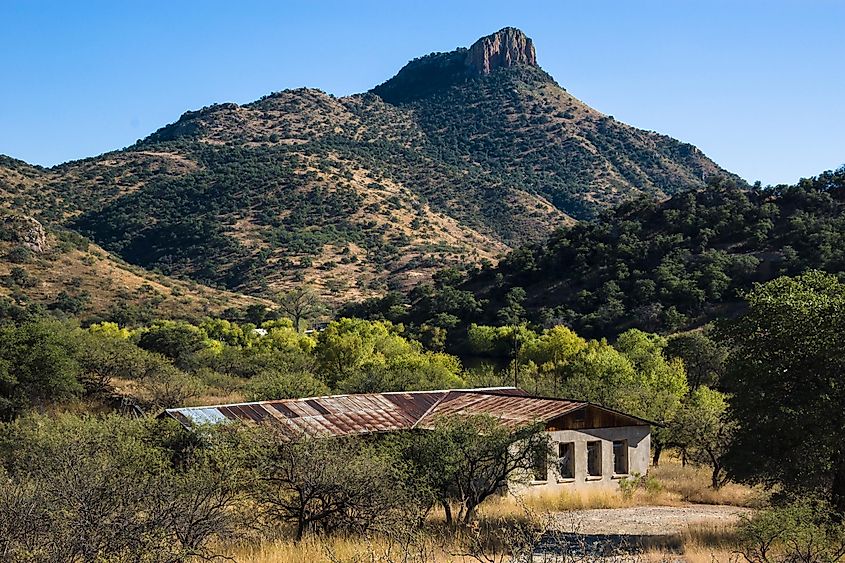
The list's third entry can be found near the United States-Mexico border in Santa Cruz County, Arizona. Ruby, Arizona was founded around 1877 as the Montana Camp or Montana Mine. There, miners hauled gold, copper, silver, zinc, and lead out of the earth. Despite this early founding in the area, Ruby would not get it's first post office until 1912 when the local general store owner established it. The store owner, Julius Andrews, was responsible for the name of the town, after his wife, Lillie B. Ruby Andrews.
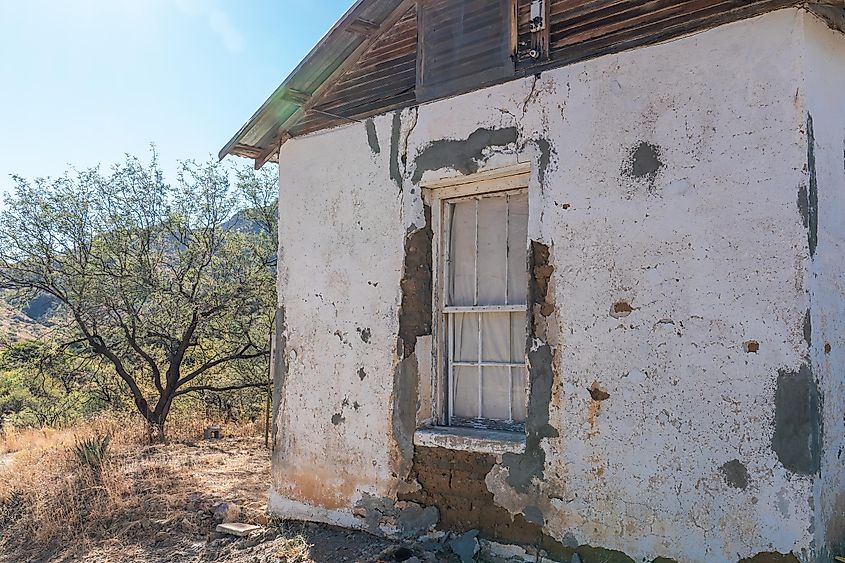
The town would be cemented in history between 1920-1922 when three double homicides were committed in the area, starting one of the largest manhunts in the American Southwest. The town soon boomed in prosperity as the Eagle-Picher Mining Company began operating the mine, with massive amounts lead, zinc, and silver being produced. However, the mine ran dry in 1940 and was closed. Just a year later in 1941, the town was completely abandoned and the post office ceased operations there. The people of Ruby had relied on the mine and the miners to shop in their stores and buy their goods and without them, Ruby was no more. The town is still well preserved today and many tourists and students can be found walking through the abandoned streets.
Kolmanskop, Namibia

In the coastal Namib Desert, the fourth entry on the list is quite literally sinking into the sand. In southern Namibia, around 6 miles from the coast, is the town of Kolmanskop. Founded in 1908 in what was then the German colony of German South-West Africa, the town was started on a chance discovery. A Namibian railway worker found a diamond on the ground and showed it to his boss, who quickly discovered the area was rich in diamonds. Germans soon flocked to the area, setting up mines and settling the area. The German government designated the area as an official diamond field and the heavy exploitation of the land began. With the massive amount of wealth pulled from the earth, Kolmanskop became a city unlike any other in the area. The German's built Edwardian style houses and furnished the town with a hospital, ice factory, ballroom, casino, theater, power station, the first x-ray station in the southern hemisphere, and the first train in Africa.
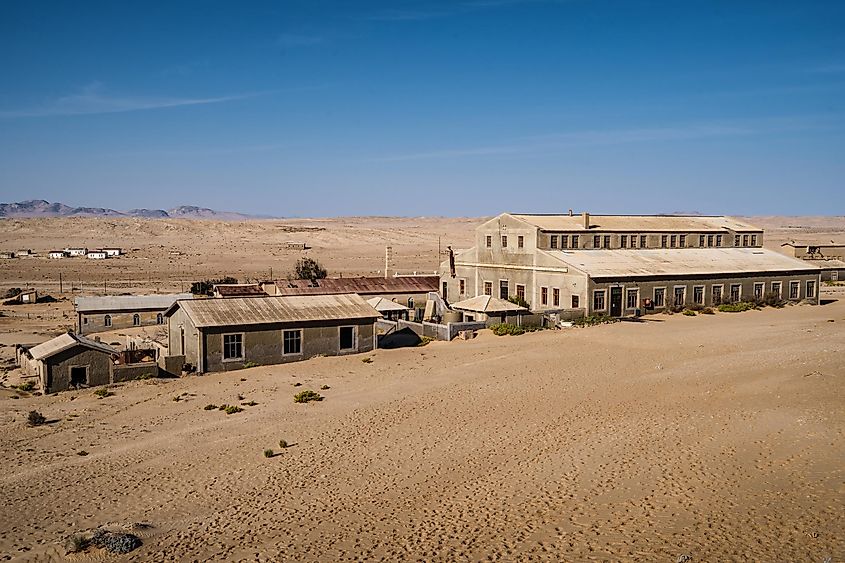
The people there lived well until during the Great War, when it became clear the diamond fields were heavily depleted. Many began to leave the area, in search of better work, especially in 1928 when another diamond field was discovered 168 miles south along the Orange River. Some of the residences still held on to the town until 1956, when Kolmanskop was abandoned for good. Many tourists make the journey there today to witness the desert reclaiming the European-style town, as anyone walking through the houses or shops will have to trudge through knee deep sand. This surreal sight has also attracted many photographers and documentarians.
Portlock, Alaska
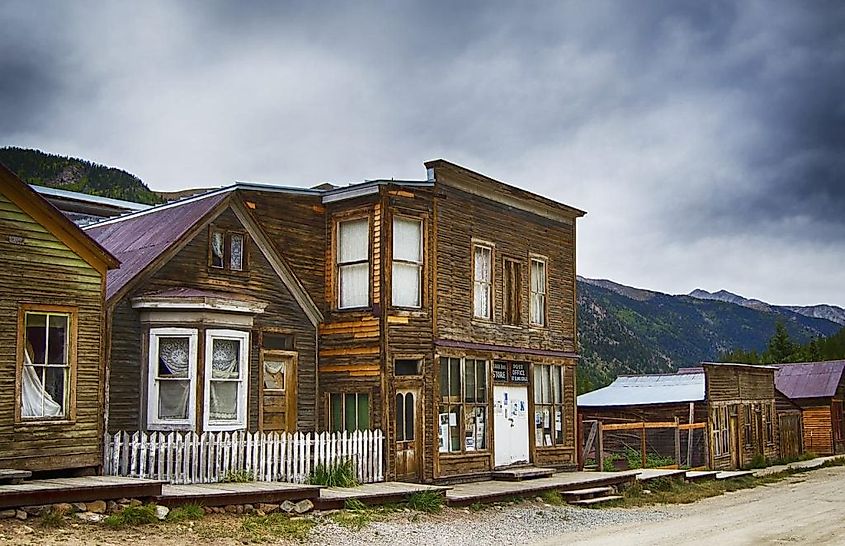
The final entry on the list is back in the states, in the cold realm of Alaska. On the Kenai Peninsula in southern Alaska lies the town of Portlock, named after British trader Nathaniel Portlock. In the early 1900s, the area was first settled as a cannery for salmon, bringing workers and their families into the area. In 1921, a branch of the United States Post Office was opened in Portlock. Interestingly, many of the people in the town were initially Russian-Aleuts, descendants of those who had immigrated to Alaska when it was still part of Russia and had intermarried with the native Aleutian people. In addition to the cannery workers, there were also miners, hunters, and those who ran the shops of Portlock. Unlike the previous entries, it was not war, natural disaster, or lack of economic opportunity that drove people away, but mysterious killings.
In the 1940s, several hunters disappeared while in the wilderness around the town, not all at once but over a period of years, with each disappearance unnerving the people of Portlock more than the last. There were also reports of dead and dismembered bodies being found near the town. Some said it was the work a local bigfoot-like creature called a Nantinaq, while others suspected a large bear or even moose. Whatever the cause, the people of the town were unnerved and fled, with the final resident, the postal worker, leaving in 1951. The town has attracted tourists and bigfoot hunters ever since, as well as more traditional documentarians who are interested in how an entire community could disappear well into the 20th century.
Conclusion
Across the world rest abandoned towns and villages. Some destroyed by the bombs of long forgotten wars, others tane by diseases, economic hardship, or unexplained terrors.This list only scratches the surface, so check your local area and you may just find an abandoned town waiting to be explored.


